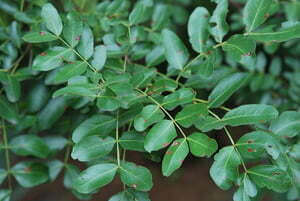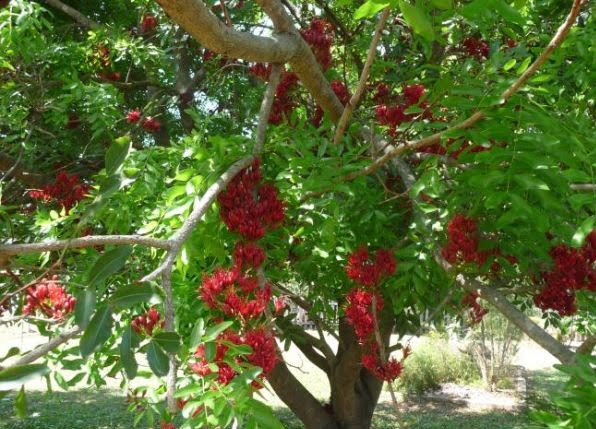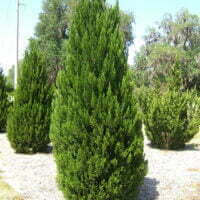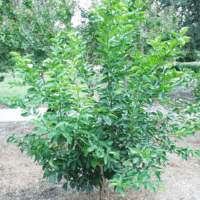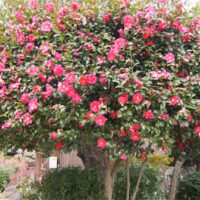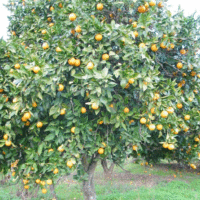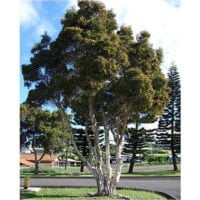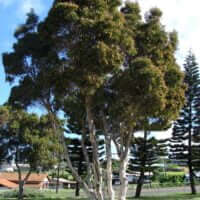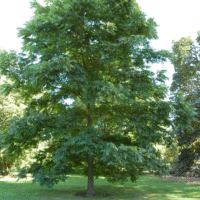| Botanical name | Schotia brachypetala |
|---|---|
| Plant Care |  Semi Deciduous Semi Deciduous – Sheds Part of Its Foliage During Winter/Autumn.  Full Sun Full Sun – Prefers 6 or more hours of sun per day.  Semi Frost Hardy Semi Frost Hardy – Is Able to Survive Moderately Low Temperatures.  Low Watering Low Watering – Requires Little Water.  Low Maintenance Low Maintenance – Requires little maintenance.  Indigenous Indigenous – Originates in South Africa. |
| Size | |
| Categories | |
| Flowers | September October November In spring, it is covered in russet crimson flowers that exude nectar, attracting sunbirds and insects. |
| Common name(s) | Weeping Boer Bean |
| Origin | |
| Foliage | New leaf growth is coppery coloured. |
| Wildlife attractions | birds , insects |
| Other languages | Huilboerboon (A) Uvovovo, Ihluze (Z) Umgxam (X) Molope (NS) |
Schotia brachypetala (Weeping Boer Bean)
- Botanical name: Schotia brachypetala
- Common name(s): Weeping Boer Bean
- Categories: Trees
Plant description:
A semi-deciduous, well-shaped, rounded tree that is suitable for most gardens. New leaf growth is coppery coloured. In spring, it is covered in russetcrimson flowers that exude nectar, attracting sunbirds and insects.
Family: –
Synonym: –
Botanical Pronunciation: SHOT-ee-uh BRA-gee-Pet-al-ah
Schotia brachypetala requirements and features
info on these icons
Moderate Maintenance
Requires moderate maintenance.
Prohibited Use Notice: No Data Scraping Allowed Except for Search Engine Indexing:
The content provided on PlantInfo.co.za is intended for personal, non-commercial use only. Unauthorized extraction, reproduction, or use of the data, including scraping, for any purpose other than search engine indexing is strictly prohibited. Violations of these terms may result in legal action. By accessing and using this website, you agree to comply with these conditions and acknowledge the legal restrictions on the use of our content.
September October November In spring, it is covered in russet crimson flowers that exude nectar, attracting sunbirds and insects. 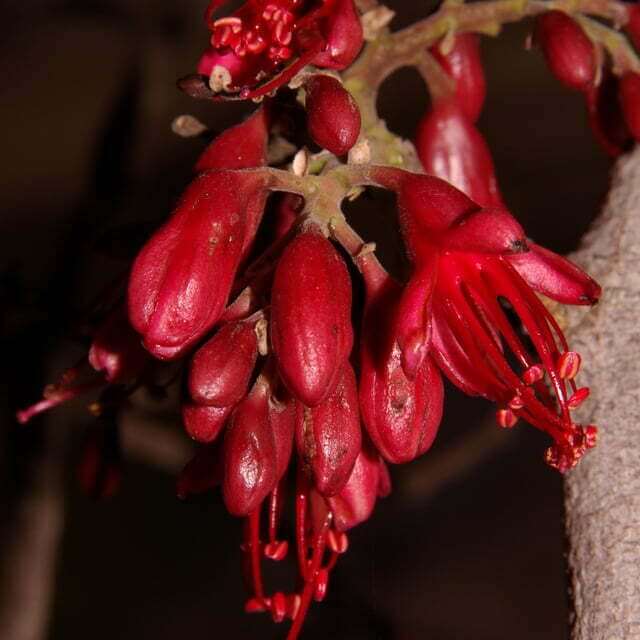
New leaf growth is coppery coloured.
